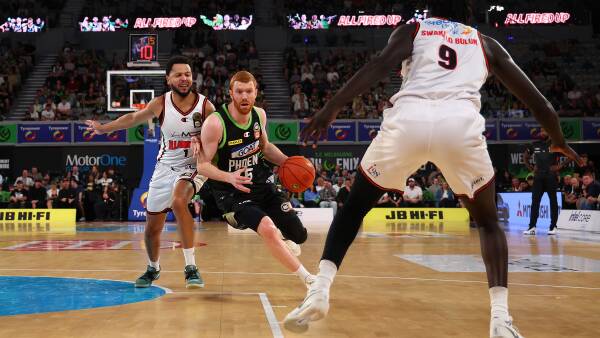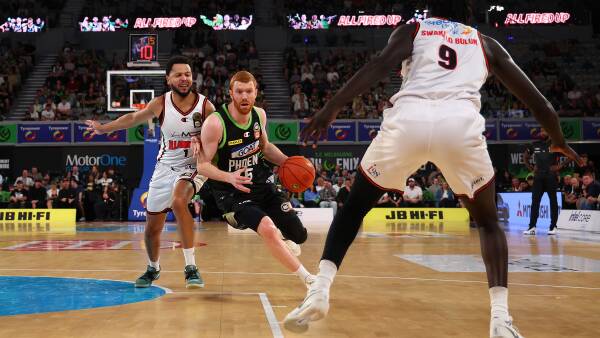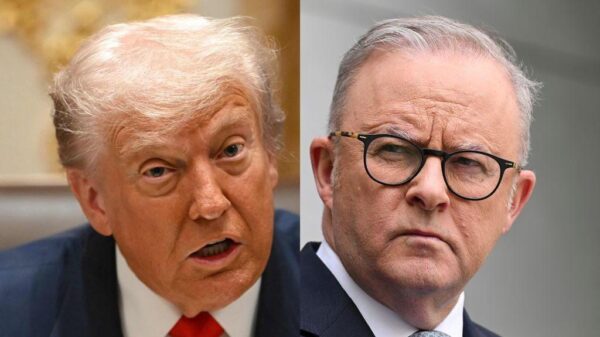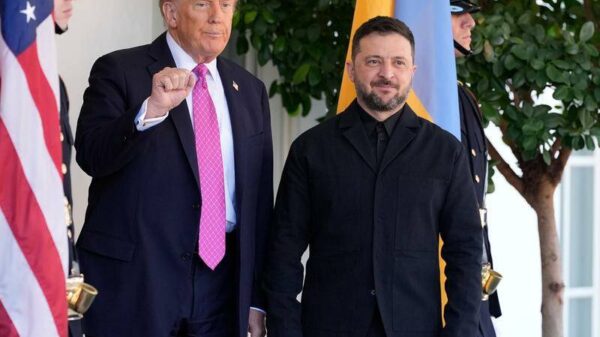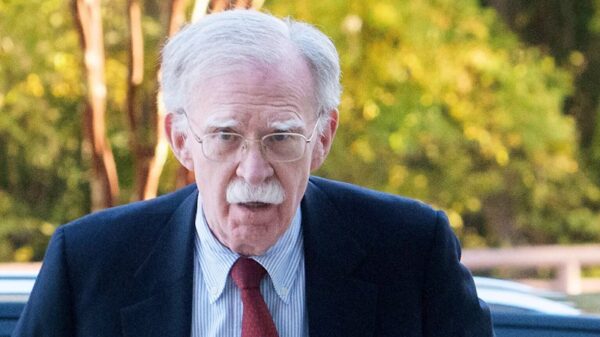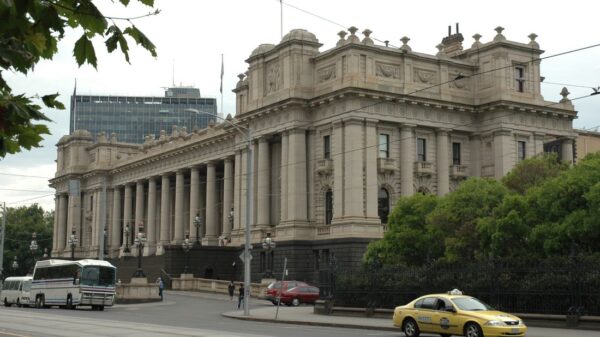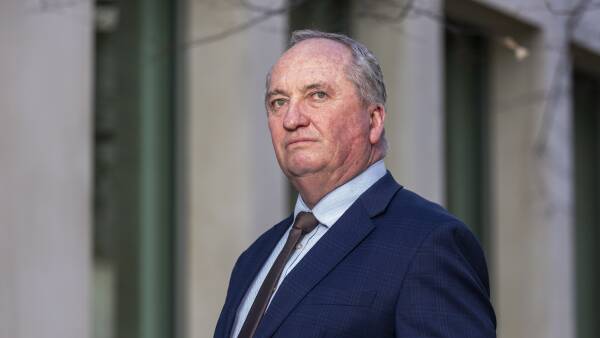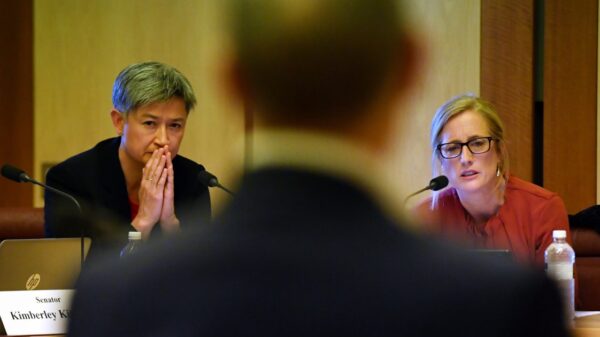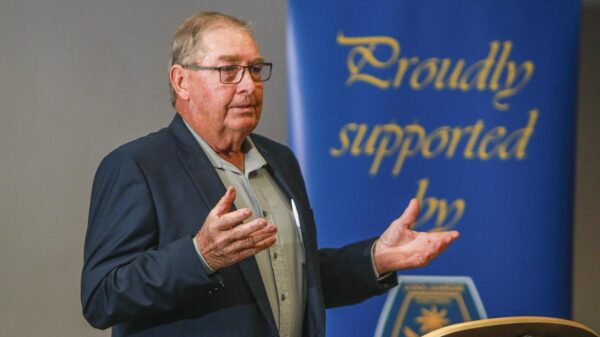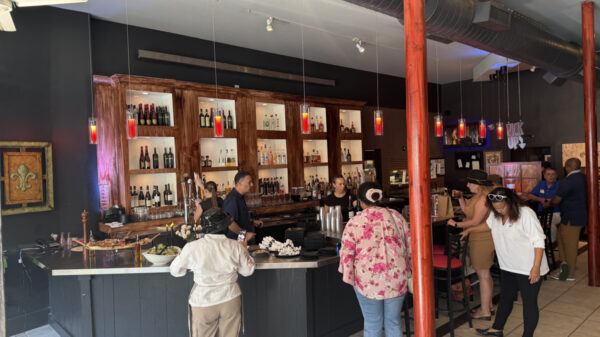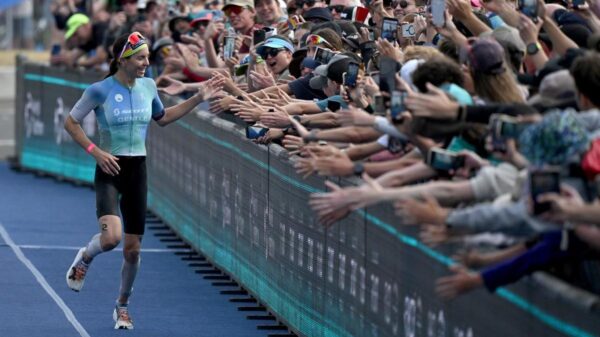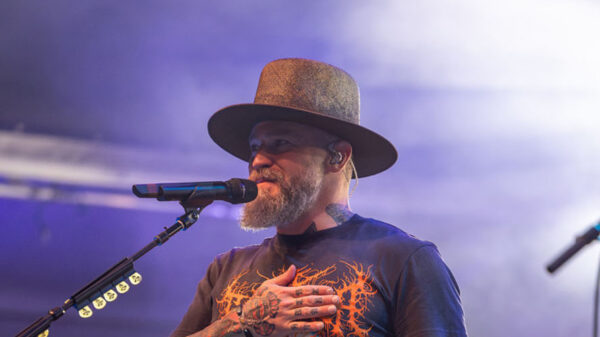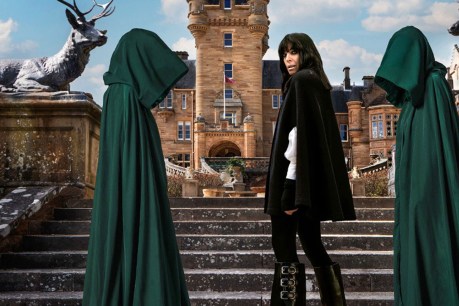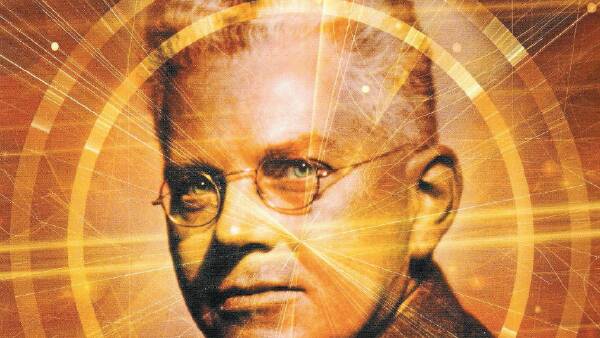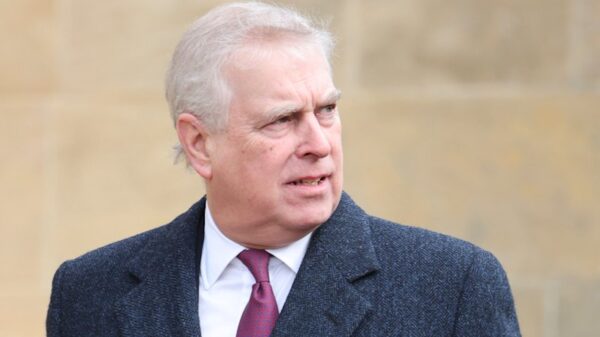Indiana University (IU) is set to welcome back its bison mascot, a figure that vanished from campus life over five decades ago. The bison, which previously represented the university from 1965 to 1969, has been revived through a grassroots movement spearheaded by students and faculty. This revival comes at a time when IU’s sports teams are gaining momentum, making the return of this symbol particularly significant.
The origin of the name “Hoosier,” associated with Indiana residents, has intrigued many. While its exact roots remain uncertain, one popular theory attributes it to Harry Hoosier, an early 19th-century Methodist preacher. The nickname has served as a source of pride for IU athletics, but the university has struggled to find a fitting mascot that resonates with its identity. Various proposed mascots over the years, including a goat and a bizarre cowboy figure, failed to capture the hearts of the community.
In 1965, IU adopted the bison as its mascot, inspired by the animal’s historical presence in the region and its depiction on the state seal. However, the bison’s time as mascot was short-lived. The costume was often deemed uncomfortable and, at times, frightening. In 1969, the bison was officially retired, leaving behind a legacy that faded into obscurity.
Despite its disappearance, the bison never truly left IU’s culture. The animal remained a part of the university’s coat of arms and was associated with local businesses, notably Nick’s English Hut, where bison imagery is prominent. The restaurant’s owner, Gregg “Rags” Rago, noted that the bison had been adopted as part of the establishment’s identity.
The revival effort gained traction in 2020 when Paul Gutjahr, a humanities professor, sought to inspire resilience among students during the COVID-19 pandemic. He connected the idea of bringing back the bison with a message of community and determination. Gutjahr began distributing bison-themed merchandise that quickly gained popularity on campus. His campaign, combined with support from fellow faculty member Galen Clavio, helped turn the movement into a rallying cry.
As the campaign grew, it caught the attention of local businesses. Connor Hitchcock, a 2016 IU graduate, saw success with his company, Homefield Apparel, which featured bison designs that became best-sellers. The bison’s image began to circulate widely, further solidifying its place in IU’s culture.
The turning point for the bison’s return came during the Little 500 bike race, a celebrated event in IU’s history. In 2024, event organizers collaborated with Gutjahr to introduce a bison mascot named Ryder. Despite initial confusion at the mascot’s unveiling, the response from the crowd was overwhelmingly positive, indicating a renewed interest in the bison.
With enthusiasm building, the student government took action to formalize the mascot’s return. The “Bring Back the Bison Act of 2024” passed with significant support, driven by a poll showing that 72% of students favored the mascot’s revival. This legislative backing prompted the athletic department to explore logistics for reintroducing the bison.
As Indiana’s football team aims for a historic season, the bison’s return is viewed as an opportunity to enhance the game-day experience. Senior associate athletic director Jeremy Gray expressed excitement about the potential for the mascot to engage fans and elevate the atmosphere at games.
In the lead-up to the bison’s official reintroduction, IU plans to unveil a series of promotional videos featuring notable alumni and figures from the university community. The mascot’s debut is set to coincide with a significant football season, marking a revival that not only reconnects students to their heritage but also fosters a sense of unity and pride among Hoosiers.
With the bison back in the fold, Indiana University is poised to embrace a symbol that represents resilience, community spirit, and the enduring legacy of its students and alumni.




